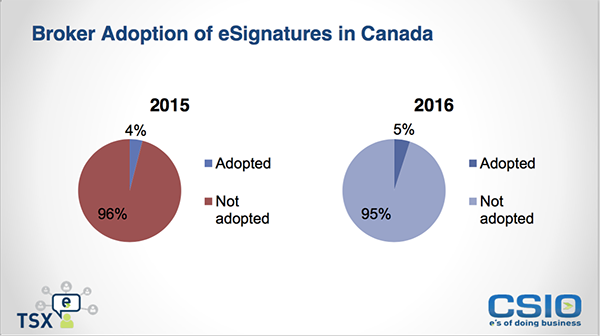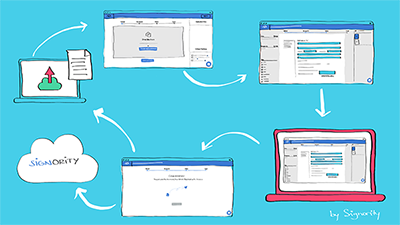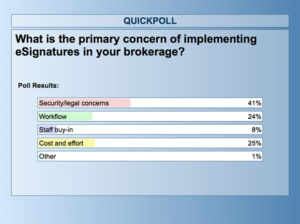If you’ve been following the series you should have some solid background information on why you should go digital, but how do you leverage this to make a successful digital strategy?
Currently, almost half of insurers have no single cohesive digital strategy— today we’re going to try and change this. But, we’re going to do much more than talk. We’re going to put your knowledge to the test, and help guide you on how to make your own successful digital strategy.
In this third instalment, we’ll gauge your overall digital readiness and answer some key questions that should be considered before you implement your strategy.
Digital Strategy Maturity Model
Before making your digital strategy, you should have a clear understanding of your current position. This will help you make better more informed decisions, and give you a strong grasp on your digital readiness— so you can develop a successful strategy long-term.
EY, a global leader in consulting and advisory services, distinguished 4 key elements you should assess:
- Corporate strategy
- Customer strategy
- Enabling capabilities
- Digital roadmap
To grow from a digitally stunted strategy to digitally mature, these four parts need to be aligned, and optimized. Currently, American insurers have a high degree of variance with their overall digital maturity, and with their digital strengths and weaknesses.
Don’t know what I’m talking about? Don’t worry, in our recent post I explained each segment in detail and discussed why they’re crucial for your strategy’s success.
Want to know how digitally mature your company is? Well, we brought this model to life and created an interactive digital readiness scorecard! Check it out and see where you line up. Added bonus: we’ll also throw in some tips and tricks to help push you further along in your digital maturity!
Before Going Digital: What’s Your Plan?
EY also recently asked insurance firms some thought provoking questions:
- Ambition: Where do you want to be on the Digital Maturity Model? Do you have a clear view of what “digital” aims to achieve?
- Priorities: Do you know which customers, products, channels and customer trigger points require digital attention- and which do not? What are your competitors doing in this space?
Know Your Digital Strategy Plan
A full digital transformation requires full dedication and determination. Everyone must be onboard and ready to give their all. But before you can get everyone on the same page, you need to outline your long-term objectives and goals.
You should have a clear vision of where on the digital maturity model you want to be long-term. There is a wide range of possibilities, as you can focus on the model as a whole or on individual segments separately. Whatever end goal you choose, it should be closely tied with all your other strategies and support overall business aspirations.
Understanding where you lie on the digital readiness scorecard is crucial. You should not only have a general knowledge of how digitally ready your business is, but you should also be keenly aware of how you perform in each individual element. By knowing where you are and where you want to be, you can better understand what digital aims to achieve in order to reach your end goal.
You should focus your initial attention towards the fundamentals of your business. Look at your current brand equity, competitive position and brand performance. It may also be a good idea to conduct an internal SWOT analysis of your company. Through this, you can better see where you need to improve and set concrete objectives. After this, you can set a definitive digital vision. Outline your strategies to achieve your defined objectives and any dependencies, obstacles or risks that may occur. Additionally, you should create a firm and detailed budget. In doing so, you can divide up all the responsibilities to the needed people, increasing individual accountability. You should communicate your strategy and ambition to your staff, partners and customers to manage expectations and improve employee cohesiveness.
Know Your Priorities
During the transition, things may become pretty hectic. Before this happens, it’s important that you know exactly what objectives to tackle first. The success of your digital transformation almost entirely hinges on your ability to set objectives and follow through. Some objectives to consider include:
- Customer
According to EY, the biggest drivers of digital strategies are improving customer experience, building long-term customer relationships and regaining more control over these relationships. In order to do so, you need to have a deep understanding of your customer base. You should clearly outline your intended target audience and understand their needs, behaviours, values and expectations.
You should also have a firm grasp on your customers’ trigger points, as they can show opportunities in your customer’s buying process. You can start by identifying a buyer persona, and deeply know their buying habits and their decision process. Through this, you can understand what motivates them to purchase and create targeted messages and content for that trigger. Even better, you can work to create the trigger yourself. Moreover, these triggers should be ingrained into your overall marketing strategy. The right message should be delivered to the right person, at the right time. This can help insurers accurately predict their sales forecasts, and better help them in attracting new customers.
- Product & Service
You can use the power of digital to test the efficiency of any and all of your products and services. Through this, you can better see what’s doing well, and what needs some improvement. This insight will also help you in creating any new products and services, as you know exactly what works and what doesn’t.
- Channel
First, you should outline the breadth and depth of your envisioned channels and know how much resources will be needed to keep them updated and maintained. It’s extremely crucial to not over-estimate your resources at this stage, as you do not want to be in a situation where certain channels are neglected, or your overall communication effectiveness is hindered. The specific channels you choose depends on the content you want to share. Each channel has a different atmosphere, purpose and set of social norms. In essence, users connect with every channel differently. For example, LinkedIn may be a more suitable channel to target B2B customers than Facebook. You should evaluate all of your channel options, and select the one most appropriate and fitting towards your intended target audience and overall objectives. In the beginning, you may need to experiment with a couple of different channels until you find the one that works the best for you. Moreover, all of your channels should be integrated with each other. Customers expect to have the same experience with your brand regardless of the channel, so consistency is key.
Along the same lines, you should probably prioritize a mobile strategy. A whopping 65% of purchase journeys start on a smartphone, and by 2020 four out of five people will own a mobile phone. Currently, less than one-third of insurers have a distinct mobile strategy— meaning there is a huge opportunity waiting for you!
Know Your Competition
You should be aware of what your competitors are doing with their digital strategy, and how well it’s being executed. This can work as a baseline for you to gauge industry activity and may uncover some initiatives you should be participating in. Moreover, this can determine areas of opportunity, and points of potential differentiation.
A good digital strategy is one that can adapt to industry changes, and that is aligned with your overall business objectives.
The first step: calculate your digital readiness. Last step? Sit back and watch your business skyrocket.
Miss Part 2? Learn more about why analytics are fundamental to your strategy, and how to optimize their use from our previous post in the series!
Looking to go digital? Sign-up now and get a 14-day free trial to a Signority eSignature Plan.




















